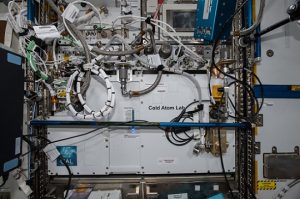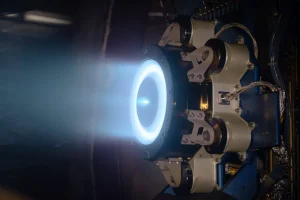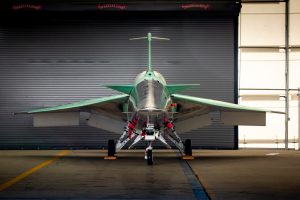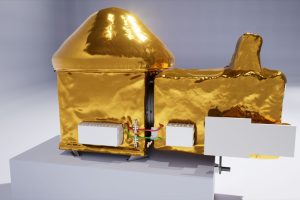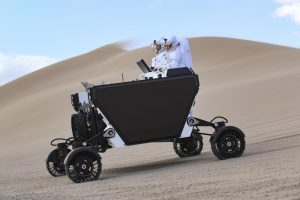Basically, the tool can precisely measure gravity, magnetic fields and other forces and may have many applications in space. It represents another step toward quantum science being used in space.
Specifically, it is the first time ultra-cold atoms have been employed to detect changes in the surrounding environment in space, the agency highlights, as it it measured subtle vibrations of the space station itself. Furthermore, the study also reports the longest demonstration of the wave-like nature of atoms in freefall in space.
One possibility is that such technology that aid aircraft and ship navigation, and the findings have just been published in Nature Communications.
Cold Atom Lab
“Reaching this milestone was incredibly challenging, and our success was not always a given,” said Jason Williams, the Cold Atom Lab project scientist at NASA’s Jet Propulsion Laboratory in Southern California. “It took dedication and a sense of adventure by the team to make this happen.”
But why apply atom interferometry in space? The answer is because the microgravity allows longer measurement times and greater instrument sensitivity.
Such sensitive equipment – “exquisitely sensitive” are Nasa’s words – has previously been considered too fragile to function for extended periods without hands-on assistance.
It writes:
“In microgravity, Bose-Einstein condensates can reach colder temperatures and exist for longer, giving scientists more opportunities to study them. The atom interferometer is among several tools in the facility enabling precision measurements by harnessing the quantum nature of atoms.”
No humans were required onboard because it is operated remotely from Earth!
Note that a division of Caltech designed and built the Cold Atom Lab, which is sponsored by the Biological and Physical Sciences division of NASA’s Science Mission Directorate at the agency’s headquarters in Washington.
Image: NASA/JPL-Caltech
See also: Gadget-in Extremis: Manta Ray prototypes new class of UUV
 Electronics Weekly Electronics Design & Components Tech News
Electronics Weekly Electronics Design & Components Tech News

